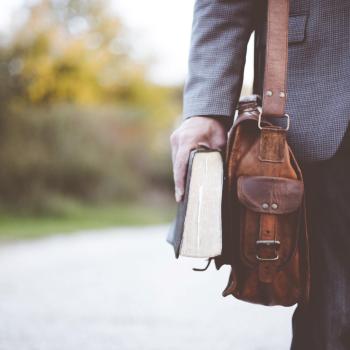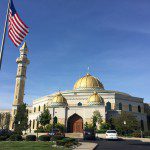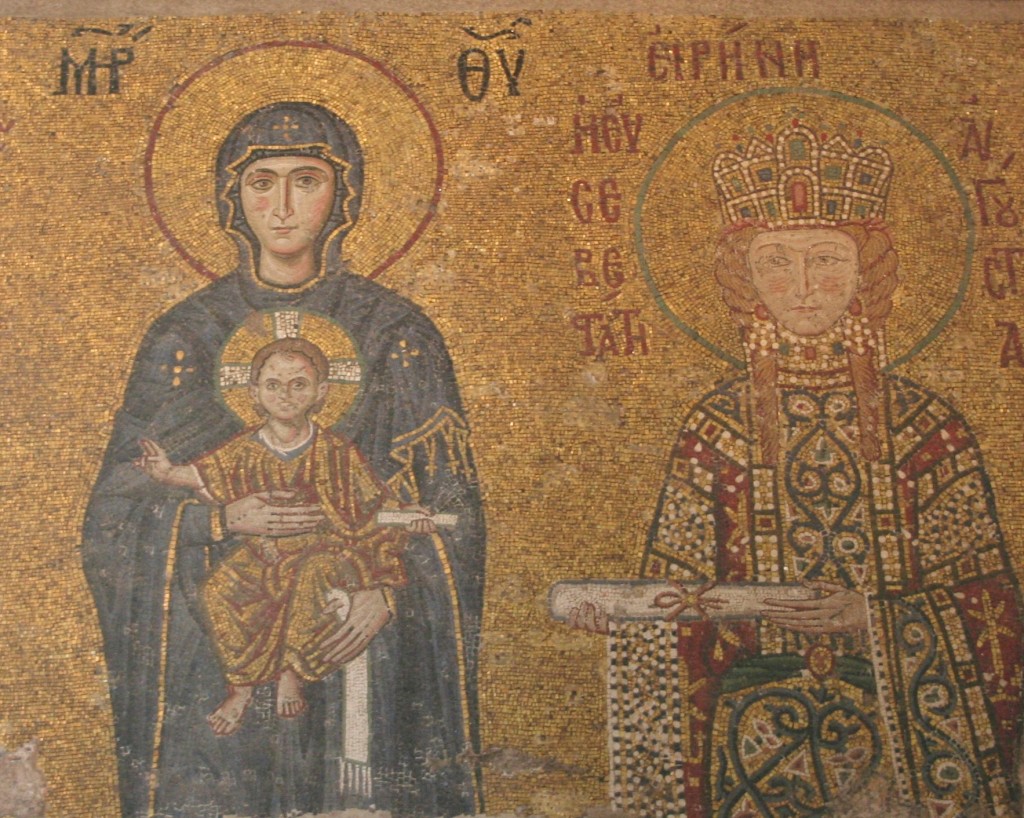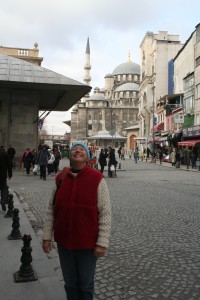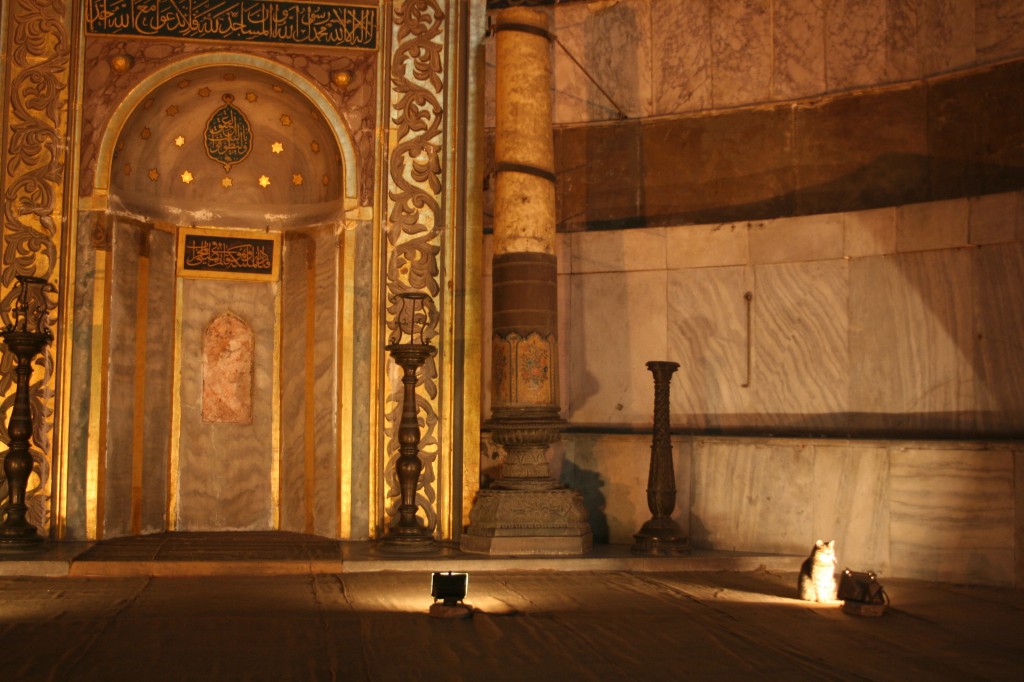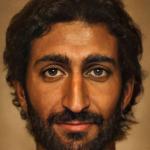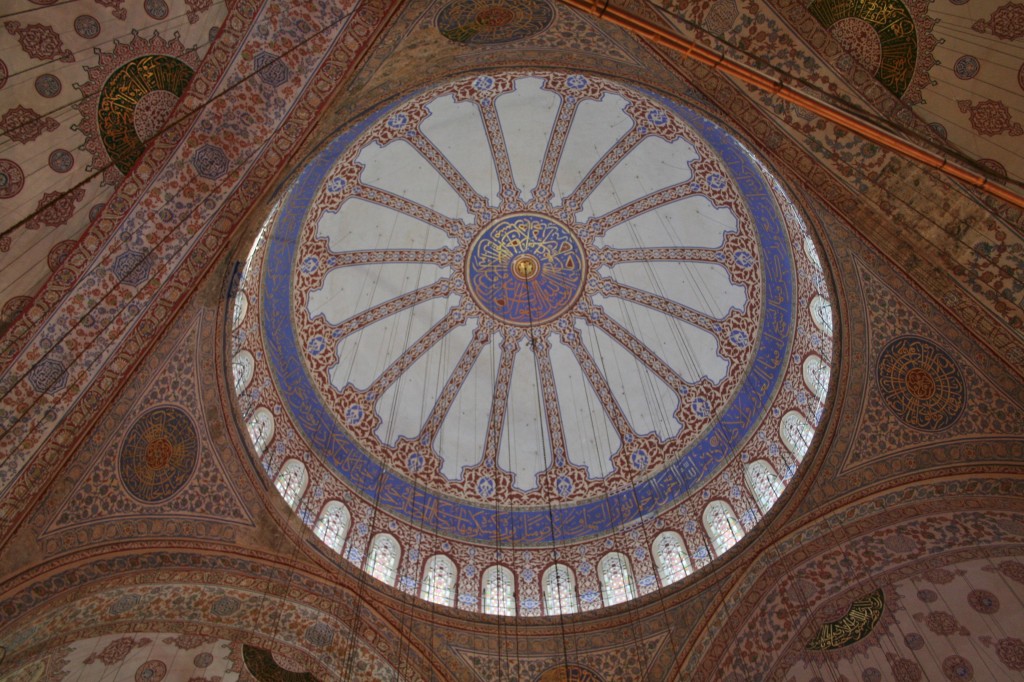
As if Hagia Sophia isn’t enough splendor for one city, Seraglio Point in Istanbul contains yet another masterpiece of religious architecture: the Sultan Ahmet Mosque, also known as the Blue Mosque. The two buildings are siblings of a sort, for in the early-seventeenth century Sultan Ahmet I wanted to construct a building that would rival Hagia Sophia in beauty. Ever since the two structures have faced each other across a central square, mirror visions of grandeur.
The Blue Mosque benefited from being built many years after Hagia Sophia. By the time of its construction, architects and engineers had greatly advanced in their understanding of how to create massive structures. While Hagia Sophia has very few windows, the Blue Mosque is alight with colored rays passing through stained glass. Thus it has a sense of soaring interior space and a lightness that Hagia Sophia lacks (the building is so beautiful, in fact, that its architect and artisans were asked to build another structure you may have heard of–the Taj Mahal in India).
The Blue Mosque takes its name from the more than 20,000 richly decorated tiles that fill its interior, many tinged with blue. The tiles were made in Izmir (the ancient city of Smyrna), a place renowned for its ceramics. The overall effect is of shimmering azure light, almost as if you are entering an underwater palace.
Serene and stately as it is, the Blue Mosque provoked considerable controversy when it was built because Sultan Ahmet I had ordered that its exterior feature six minarets. The only other mosque in the world to have so many was in Mecca, and it was said that the Sultan was seeking to rival the holiest of Muslim cities. (As our guide put it, “Any number of minarets greater than one is simply showing off, as you only need one to broadcast the call to prayer.”) Fortunately, the problem was later solved by adding a seventh minaret to the mosque in Mecca.
People of all faiths are welcome to enter this sanctuary, though part of its interior is reserved for those at prayer. Watching men pray to Mecca (for the women worshippers were hidden behind a screen), I was struck once again by the elegant simplicity of Muslim prayer. There is physicality to Islamic prayer that Christian prayer generally lacks. Seeing the men place their foreheads to the floor was moving to me, an enactment of their utter humility before Allah.
There was another moment I remember vividly from my visit to the Blue Mosque: when we entered, we passed underneath a chain strung across its entrance. The reason it hangs there, our guide explained, is so everyone who enters this place must bow in homage to God.
Hagia Sophia and the Blue Mosque watch over Istanbul, forming between them the religious heart of the city. Here’s a video of the call to prayer being broadcast as I stood between the two structures:





